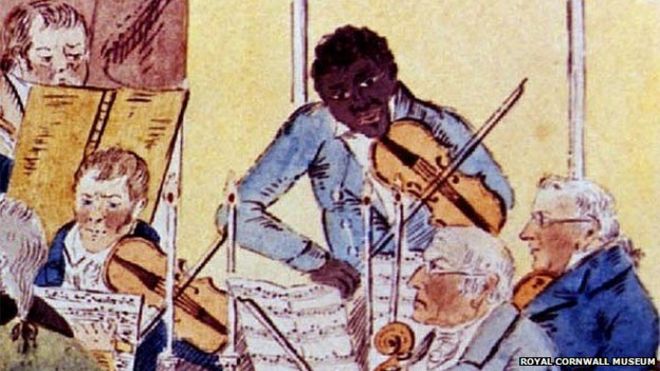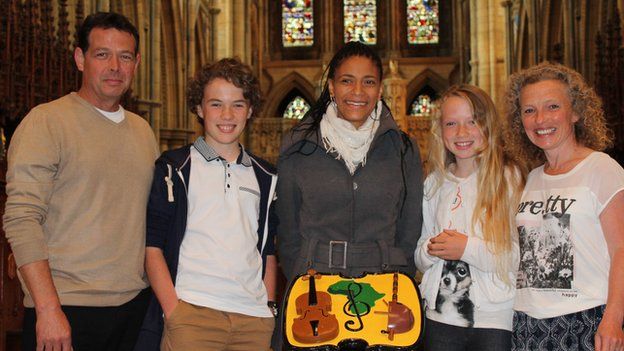“My father is black. My mother is white. I self-identify as black and as mixed and I don’t relate to those as mutually exclusive. I also try to be mindful and try to have a certain humility about how my experience differs from most other black people; about how I have certain types of residual white privilege which I don’t believe makes me less black. I also know that it is ultimately not up to me whether I am accepted as black. My experience though, has almost always been of black people welcoming me and accepting me as their own. And it’s only because of that lifetime of experience that I would feel comfortable telling Nancy Giles,“actually I’m black.” And I knew that even within that moment, I could tell her that and she would get it. And I’m not saying that there is never any exclusion within the black community. I’m not negating people who have experienced that. But I do think that there is a tradition of a loving welcoming inclusive blackness that is important as a rejection and a counter to the historical function of whiteness. It’s a tradition I’ve experienced as a beautiful thing and as Adam Serwer said, it’s a beautiful thing that Rachel Dolezal has “taken advantage of,” that she has manipulated, that she has poisoned just a little bit with what she’s done here.”
Jay Smooth, ““Empathy does not preclude accountability:” Jay Smooth on Rachel Dolezal,” Fusion, June 18, 2015 (00:01:53-00:03:11). http://fusion.net/video/153151/empathy-does-not-preclude-accountability-jay-smooth-on-rachel-dolezal/.




